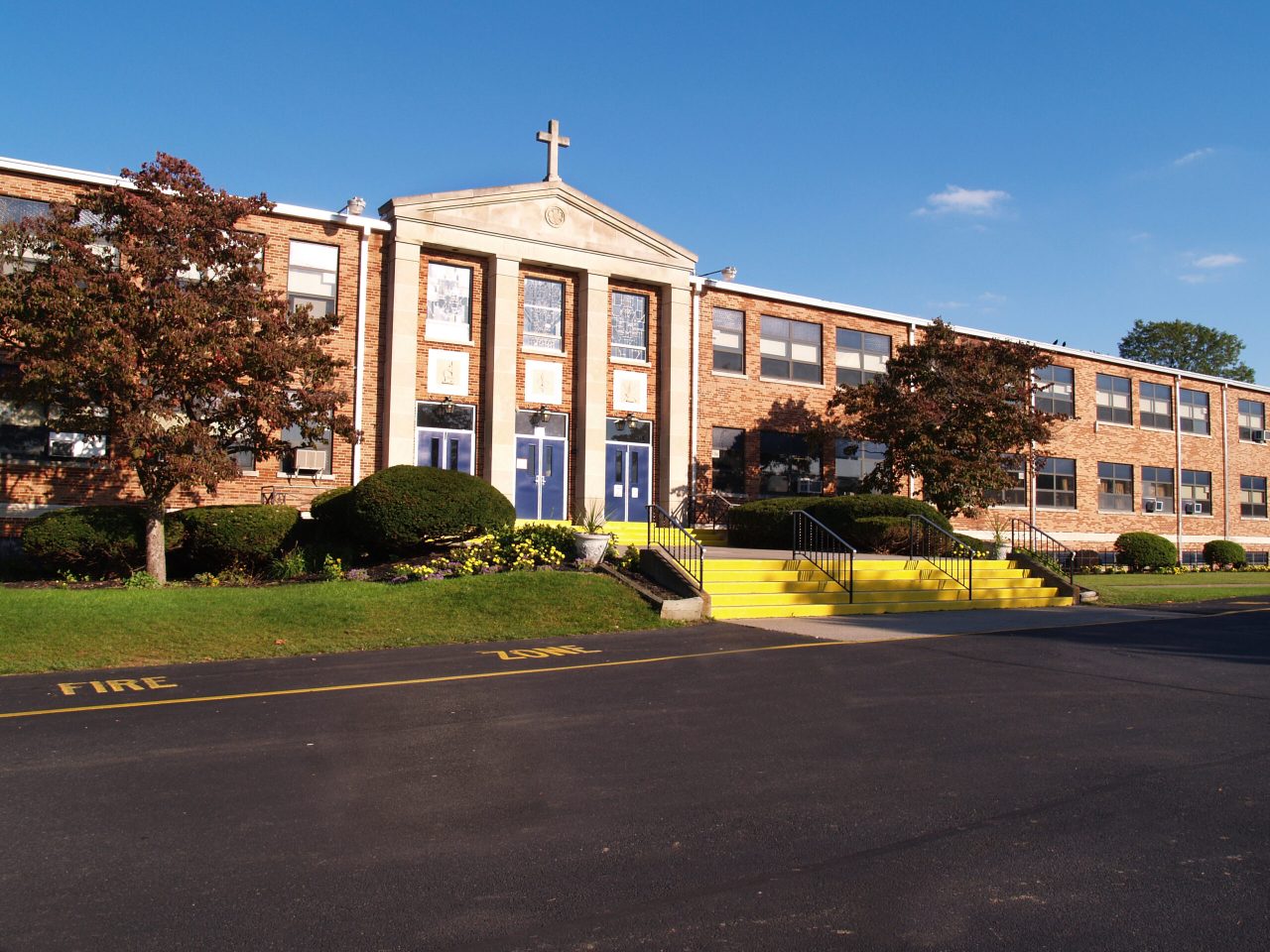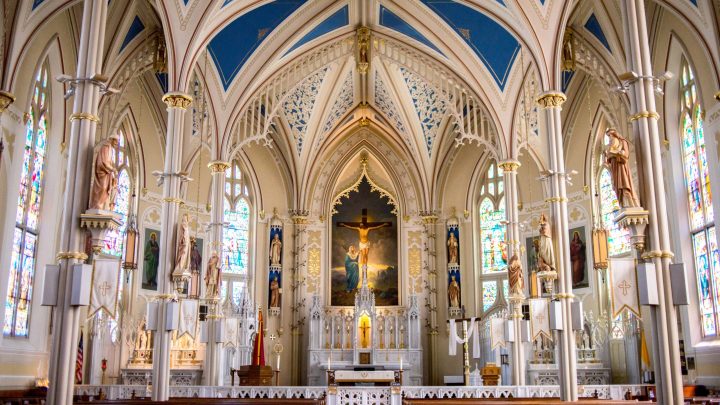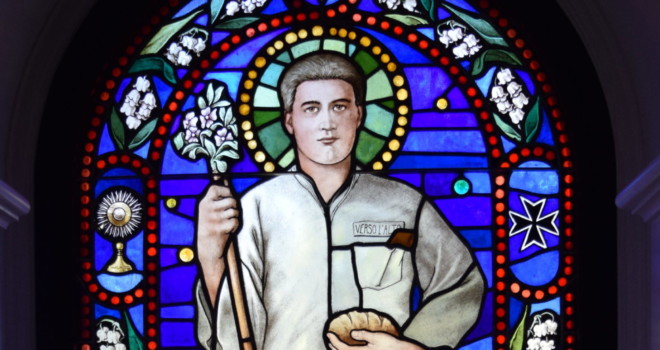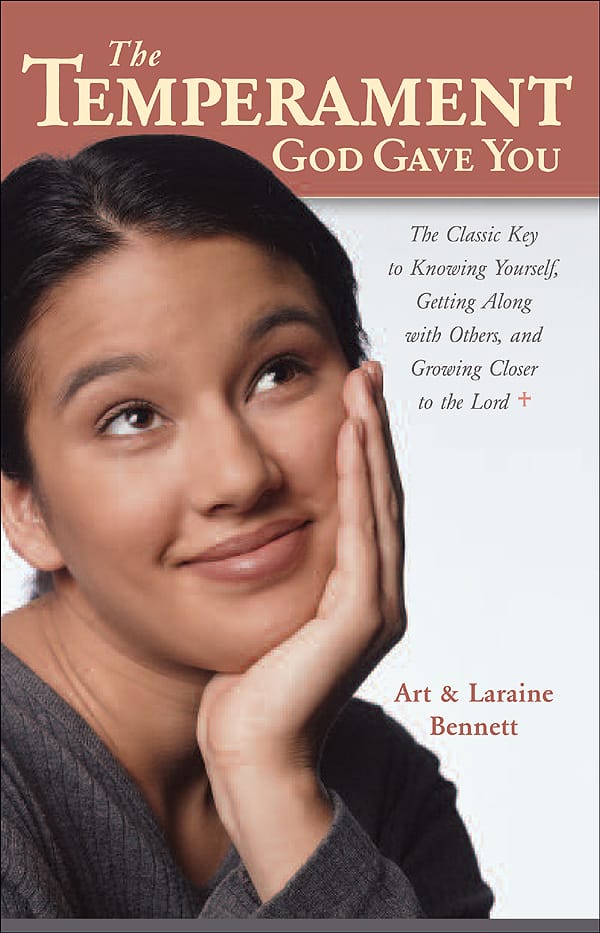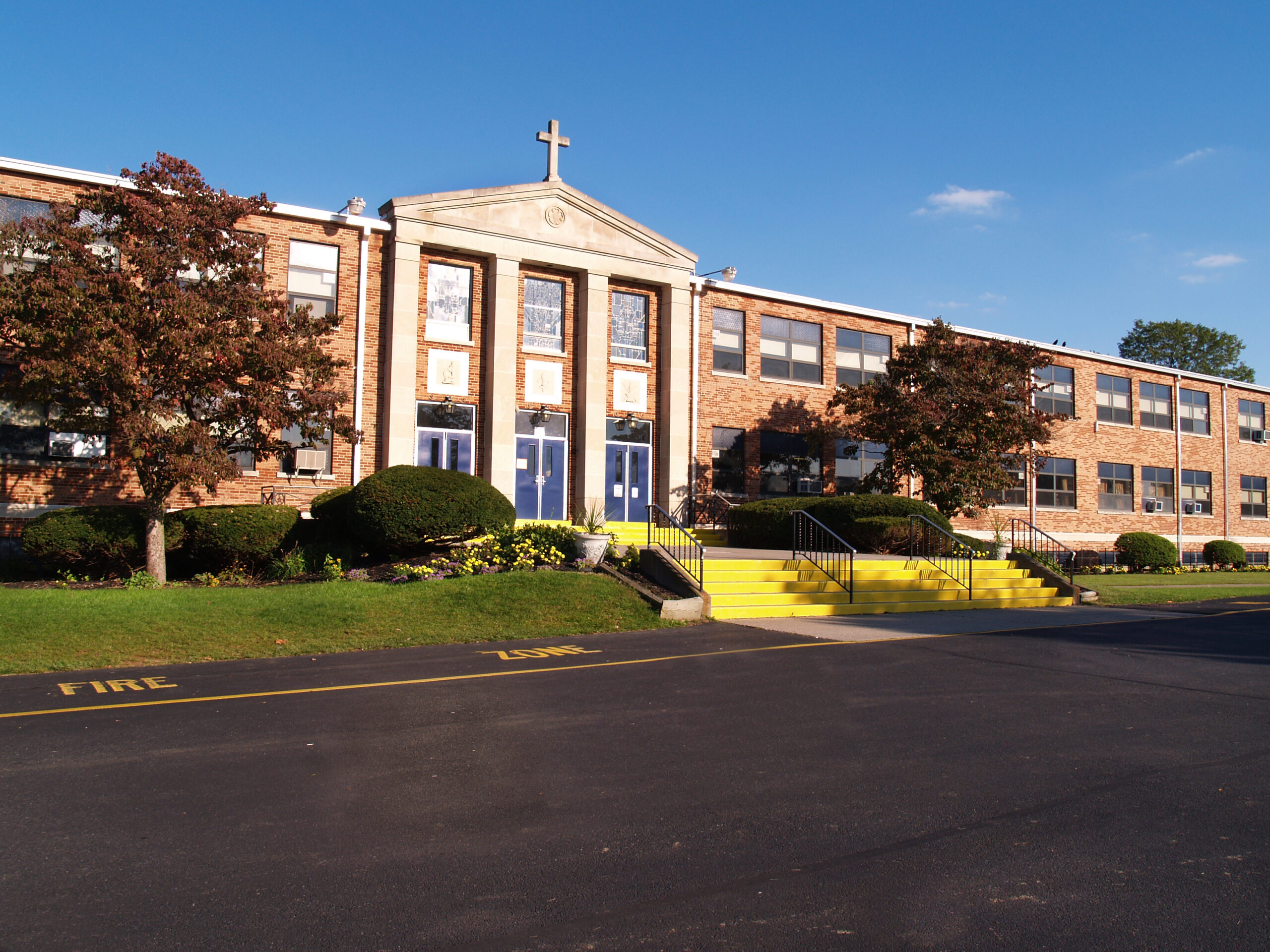
Back in the mid-1800s, America’s bishops met three times in plenary council in Baltimore, America’s primatial see, to confront head-on the danger that Catholics, unsupported by the kind of Catholic culture they had known in Europe, would blend into American culture so thoroughly that they would lose their distinctive Catholic faith, and possibly their souls. To meet this threat, the councils required pastors to build schools as soon possible after founding new parishes; mandated that parishioners support their schools; and even required that these schools be as good as the neighboring public schools.
What the bishops who met in Baltimore did was to put in practice the perennial teaching of the church on the education of children. The church has always taught that “increase and multiply” (Genesis 1:28) referred not only to the blessing of children, but the obligation to educate them in a manner appropriate to their eternal destiny. The Church’s perennial teaching, encoded in Canon Law Sections 793-799, make clear that parents not only have this right, but they also have the right to assistance from their pastors, bishops, and the state in fulfilling this duty.
The plans and mandates of the bishops in Baltimore were wildly successful. By the early 1960s, 5.1 million Catholic children were enrolled in these schools, and the graduates of these schools tended to stay faithful Catholics all their lives. Since then, however, there has been a steep decline in both schools and total enrollment, even as the Catholic population increased. Recent data shows 1.2 million children enrolled, and the statistics about fidelity to the Church among graduates is dismaying, even scandalous. The reasons for this decline are many and debatable.
What is not debatable is the continuing need for authentically Catholic education in the 21st century. The threats to the faith – and even the basic humanity – of our children are more serious than ever. If you doubt this, do the mental exercise of imagining graduates of the public education feared by bishops in 1886 at their Third Plenary Council, as compared to the graduates of secular schools today. Of course, not all blame for the woes of the current generation of young people – anxiety, depression, problematic social contagions, inability to form families, suicide, etc. – falls on public schools. Suffice it to say here that extra-curricular (and increasingly curricular!) indoctrination and resisting reform are two things at which they generally excel.
The good news is that a renewal of Catholic education has been underway for the past half-century in the homeschool and classical education movements. These movements originated with parents and lay educators who, early on, saw the troubles of public schools, as well as of Catholic schools that too often imitated the theories and adopted the textbooks of the public schools. Rather than waiting for institutional change – change that might come too late for their children – they began homeschooling and founding new schools and colleges.
These choices were sometimes welcomed by local bishops and sometimes not, but these laity took inspiration both from their God-given duties as parents and from the call of Vatican II for their greater involvement in the life of the Church. They also took inspiration from the treasure trove of the Church: it turns out that the Church’s rich and varied and deep tradition of education which was being mined only superficially – even by many of those successful parochial schools of the 40s and 50s. This new wave of educators also looked to and found guidance from current research on how children and adults learn best, and discovered (is anyone really surprised?) that the pedagogical methods of St. Ignatius and the psychology of St. John Bosco, for example, incorporate profound insights concerning human persons, families, and communities.
These insights into the human person – “a being darkly wise and rudely great” – are perhaps the most important contribution of Catholicism to the field of education. The ancients saw much – especially the flaws that need to be remedied by education. It fell to Catholics, though, to see the highest ends to which the human person is ordered, both naturally and supernaturally.
The graduates of these newer schools stand out among their peers: they are grounded, happy, intellectually alive, and graduate ready to take on the responsibilities of life.
For a long time, this Catholic educational renewal movement operated somewhat on the margins of the education world, but in recent years it has gained traction, attention, and devotees. Whole dioceses are now retooling their schools and retraining their teachers; and universities are offering degrees not just in education, but in classical education. Organizations, conferences, and publications are springing up to support this “new” and exciting trend. The future of Catholic education is rooted in its past: retrieving and renewing and handing on the wisdom of the tradition!

